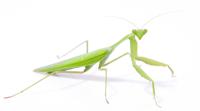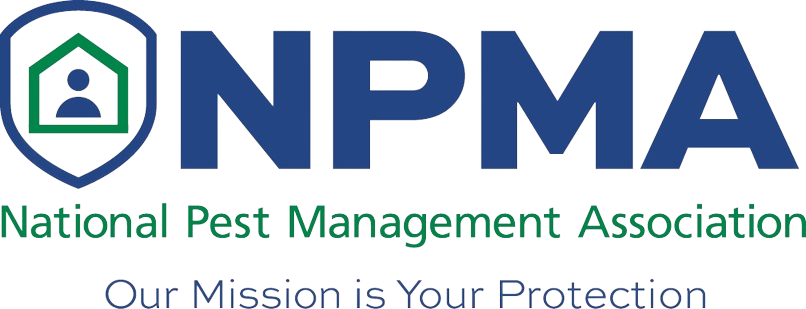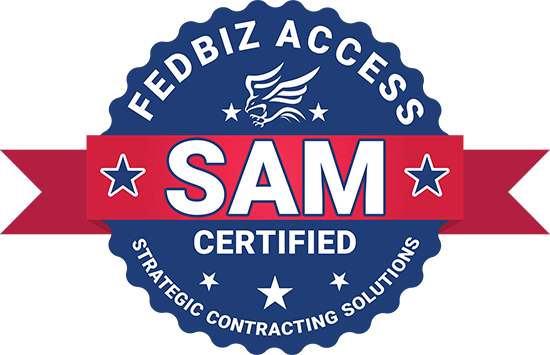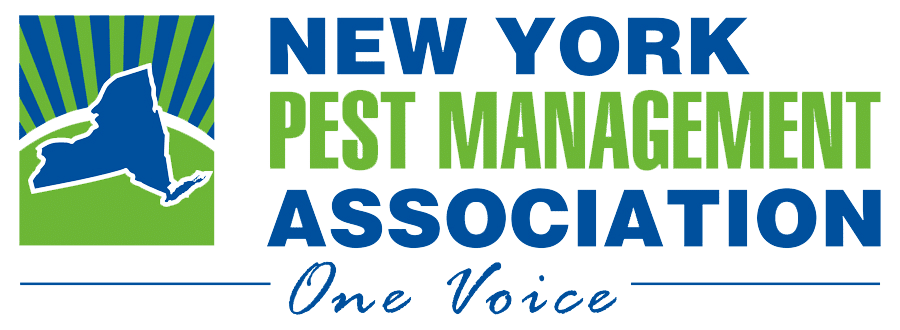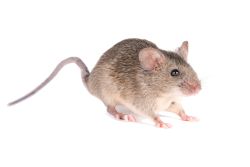 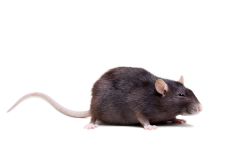 |
Rodents Control and Elimination
For effective rodent control it is important to determine if you have a mouse or rat infestation. Rodent control is not only about eliminating rodents, it also is important to address conditions conducive to an infestation quickly and safely.We provide Rodent Control in any structure. There's no single best way to control rats and mice. Every situation is different. We use a wide variety of rodent control methods including trapping, baiting, exclusion, habitat modification and all IPM methods. This, combined with kill traps, catch traps, and bait stations work together to ensure the ultimate rodent control solution. Our approach to every job is custom-tailored to the property and the condition. Eudaimonia Pest Control will be happy to assist you in removing and permanently excluding any type of rodent from your home or commercial facility. We specialize in removing and preventing infestations of house mice, Norway Rats and Roof Rats.
Identification
Mice and rats are rodents, often considered pests, many of which are native wild species that lived in this region long before home and farms existed to infest. Today, many of them, including non-native species, have adapted to life alongside humans. Their presence does not necessarily equal infestation or squalor conditions, rather that food, water, and nesting sites are adequate.
Rodents have the typical large, broad, and yellow incisors, adapted for constant gnawing. These teeth continuously grow, replacing what is worn away by the gnawing of wood, plastic, and even metal. The teeth are well adapted for grains and fruits, although some rodents supplement their diet with insects and worms. With long tails, large snouts, and large external ears, these small rodents are very adaptable and prolific and can be found pretty much everywhere around the world. In New York we have 3 rat and 5 mouse species, with one invasive (but established) rat, and one native species presumed to be eliminated from the state. Rodents living close to people and in their structures are called commensal rodents. Rodents will eat anything that humans eat and they need to gnaw. It's a common part of their behavior. Rat teeth continually grow, at a rate of about five inches per year. In order to keep the length of the teeth in check, the rats chew on things to wear the teeth down, their constant gnawing behavior causes structural damage and when electrical wires are the target of their gnawing, they can start fires and damage sensitive electronic items. Both rats and mice carry diseases that are transmittable to humans. These include salmonella food poisoning, Leptospirosis, LCM, Hanta Virus and other diseases that can make people sick. Their droppings, urine and hair contaminate the environment and cause sensitive people to experience allergic reactions from these biological materials. Mice and rats contaminate stored food items with their fecal material, urine and hair.
Common Rodents

